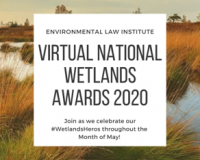
Vibrant Environment
Land Use And Natural Resources
All | Biodiversity | Climate Change and Sustainability | Environmental Justice | Governance and Rule of Law | Land Use and Natural Resources | Oceans and Coasts | Pollution Control

The Environmental Law Institute (ELI) is pleased to announce the winners of the 31st Annual National Wetlands Awards: Mark Beardsley; John W. Day Jr.; Trinity Favazza; Ted LaGrange; Sam Lovall; and Robert Wade. Together, these awardees have restored, researched, and protected thousands of acres of wetlands nationwide; their examples have inspired many members of their community to act and make a difference to protect and improve these vital natural resources.
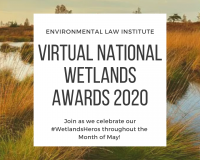
The Environmental Law Institute (ELI) is pleased to announce the winners of the 31st Annual National Wetlands Awards: Mark Beardsley; John W. Day Jr.; Trinity Favazza; Ted LaGrange; Sam Lovall; and Robert Wade. Together, these awardees have restored, researched, and protected thousands of acres of wetlands nationwide; their examples have inspired many members of their community to act and make a difference to protect and improve these vital natural resources.

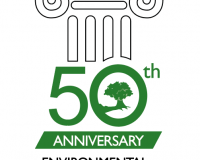
The passage of the National Environmental Policy Act (NEPA) was a seminal moment in the history of U.S. environmental federal policy, advancing protection of the environment in decisionmaking. Unfortunately, the process has become increasingly cumbersome, lengthy, and frustrating to many parties. Moving forward, an improved focus on the quality and alignment of decisions is needed.

Urban areas are a significant source of pollution entering streams, lakes, and rivers because of stormwater runoff produced by impermeable surfaces such as asphalt and concrete, which prevent water from being absorbed and naturally filtered. The conventional strategy for managing urban stormwater is through gray infrastructure, such as gutters, pipes, and basins. But today, many localities are using green infrastructure, conserving or mimicking natural spaces and processes to retain and infiltrate stormwater where it is generated.
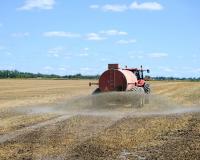
Present-day food consumption relies on high-yielding crops, and these high-yielding crops rely on nitrogen to be able to deliver 40-60% of the world’s food supply. Typically, synthetic nitrogen is provided to crops through the use of fertilizers. In 2015, an estimated 3.54 billion people were fed by synthetic nitrogen fertilizers.

During the 19th century’s period of rapid population growth, America’s wetlands were largely considered to be an eyesore and an obstacle to development. These were bodies of water that needed to be drained in order to make way for agriculture, buildings, and major roadways. The successive Swamp Land Acts of 1849, 1850, and 1860 turned titles of federally owned swamp and “overflowed” land over to states, who in turn agreed to drain the land to make it fit for cultivation.
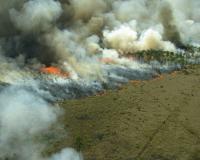
In the last two weeks, Indonesian islands Sumatra and Borneo began experiencing severe forest fires, evoking fears within the region that the fires could have similar effects to the fires of 2015, which was one of the worst years for transboundary haze in Southeast Asia. Following the 2015 fires, Indonesia took steps to limit the burning and draining of peatland to reduce the outbreak of fires in addition to improving environmental sustainability and air quality in the region. However, due to a combination of governance challenges and climate change-intensifying dry seasons, the country has struggled to keep up with implementing fire mitigating activities in all fire-prone areas.
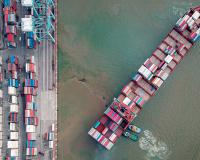
The “fairness” of free trade agreements is front and center in today’s often rancorous political dialogue—but rarely is the environment a top-tier consideration in the debate. In a timely article, Vanderbilt University Law School Prof. Timothy Meyer offers a valuable environmental perspective on trade agreements that deserves attention. Professor Meyer offers empirical evidence that selective enforcement of environmental laws is “considerably more pervasive than commonly thought.” The result, he contends, is that trade agreements can undermine environmental interests in the energy and fisheries sectors, the most traded commodity and the most traded food respectively.

In a period of less than a month, everything good seemed possible for America. First came the Moon landing, on July 20, 1969. Billions watched our astronauts live from the lunar surface and took pride in humanity’s achievement. In the United States, the concept of collective will to conquer a huge national challenge got a big boost. Project Apollo joined the Manhattan Project as paradigms of government-led Yankee ingenuity licking a technological problem — and on a tight timetable to boot, expenses be damned because of the extreme nature of the threat.